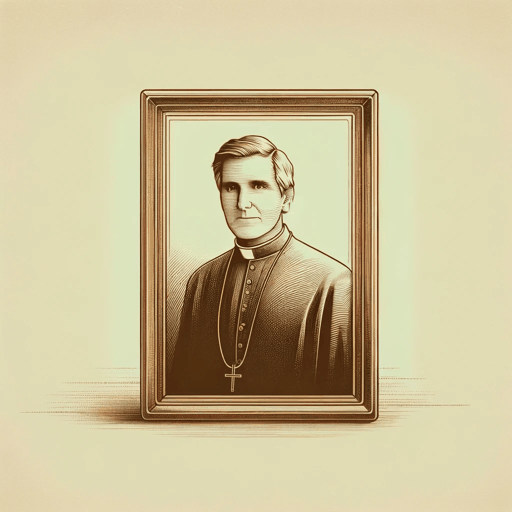30 pages • 1 hour read
James JoyceEveline
Fiction | Short Story | Adult | Published in 1904A modern alternative to SparkNotes and CliffsNotes, SuperSummary offers high-quality Study Guides with detailed chapter summaries and analysis of major themes, characters, and more.
Symbols & Motifs
Eveline as Ireland
In this Dubliners narrative, Eveline herself symbolizes Ireland. Indecisive and inhibited by factors outside of her control, Eveline reflects the paralysis that Joyce identified with his native country. This issue is common in Joyce’s works, most of which he wrote while Ireland was a British colony and Irish nationalist movements were growing. This symbol also occurs frequently in Irish literature; Ireland is often represented as a woman, although she is not always represented as bleakly or impotently as Eveline. Eveline is also bound by filial and religious duty, just as pre-independence Ireland is, oppressed by both the British empire and the strictures of the Roman Catholic Church. Eveline’s major conflict, whether to stay in Ireland with her family and an unfulfilling future or leave in pursuit of freedom and possible happiness, echoes the same conflict that many Irish citizens faced: to remain and fight for one’s beloved country or flee and seek a better life in a foreign country.
“Derevaun Seraun!”
The meaning of Eveline’s mother’s deathbed cry, “Derevaun Seraun,” is still debated in Joycean scholarship. Two interpretations were originally proposed by scholars: The first describes the phrase as corrupt Gaelic for “the end of pleasure is pain,” and the other says it’s corrupt Irish for “the end of the song is raving madness” (Tigges, Wim.
Related Titles
By James Joyce
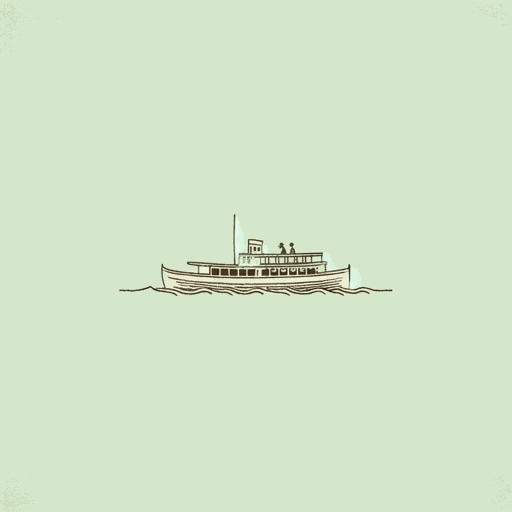
An Encounter
James Joyce

A Painful Case
James Joyce

A Portrait of the Artist as a Young Man
James Joyce
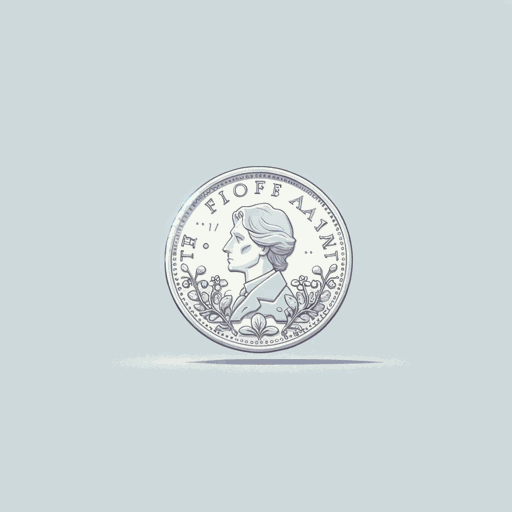
Araby
James Joyce

Clay
James Joyce
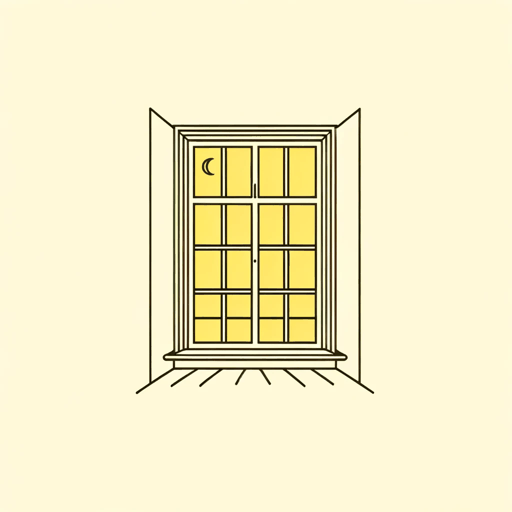
Counterparts
James Joyce
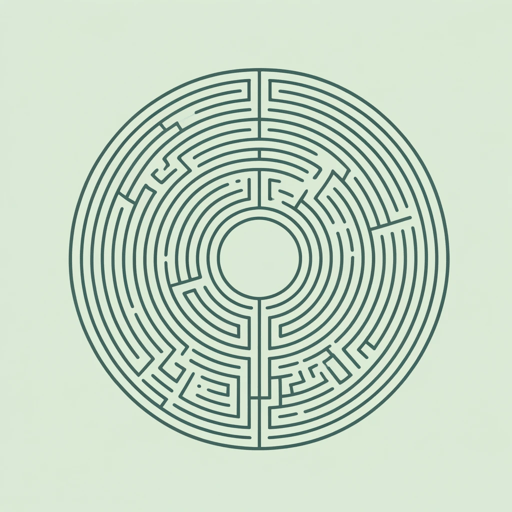
Dubliners
James Joyce

Finnegans Wake
James Joyce
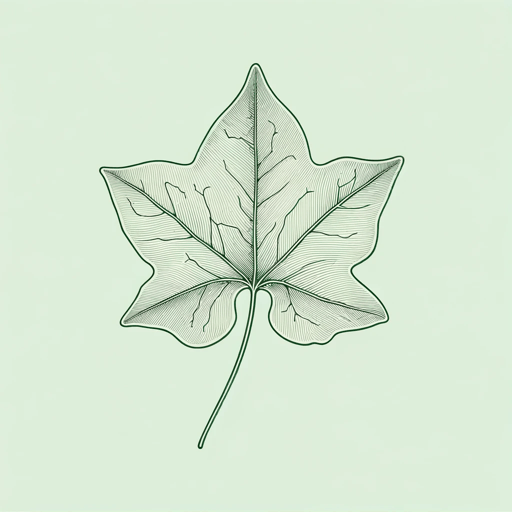
Ivy Day in the Committee Room
James Joyce
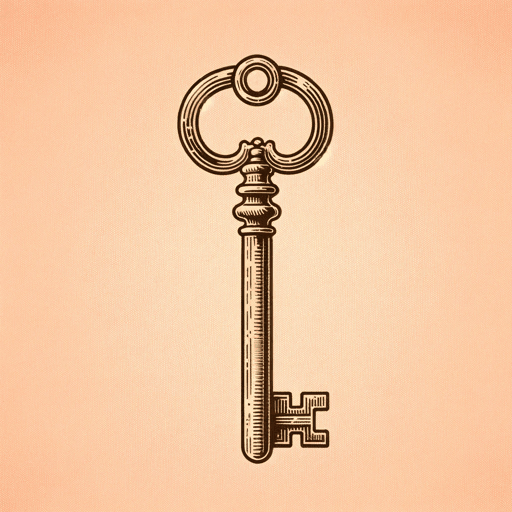
The Boarding House
James Joyce
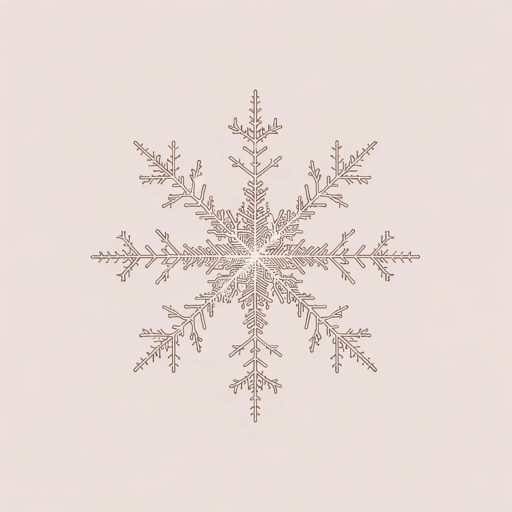
The Dead
James Joyce
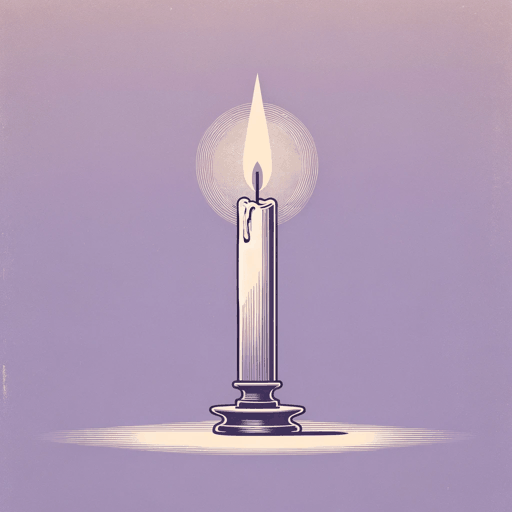
The Sisters
James Joyce
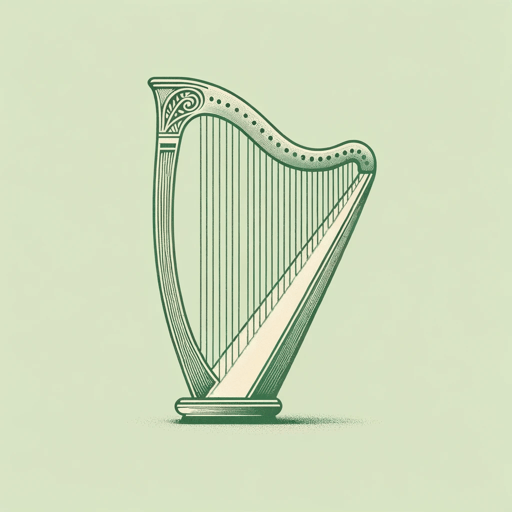
Two Gallants
James Joyce
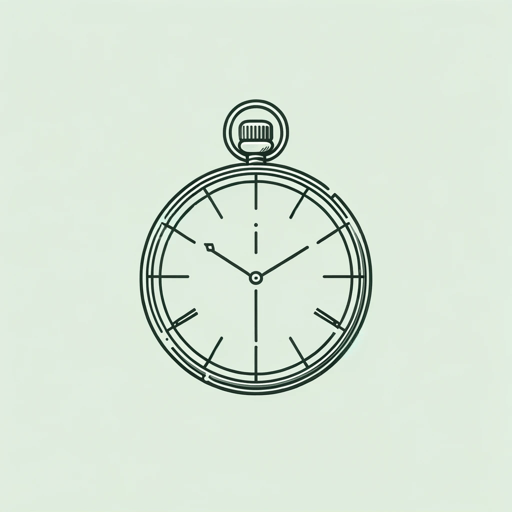
Ulysses
James Joyce
